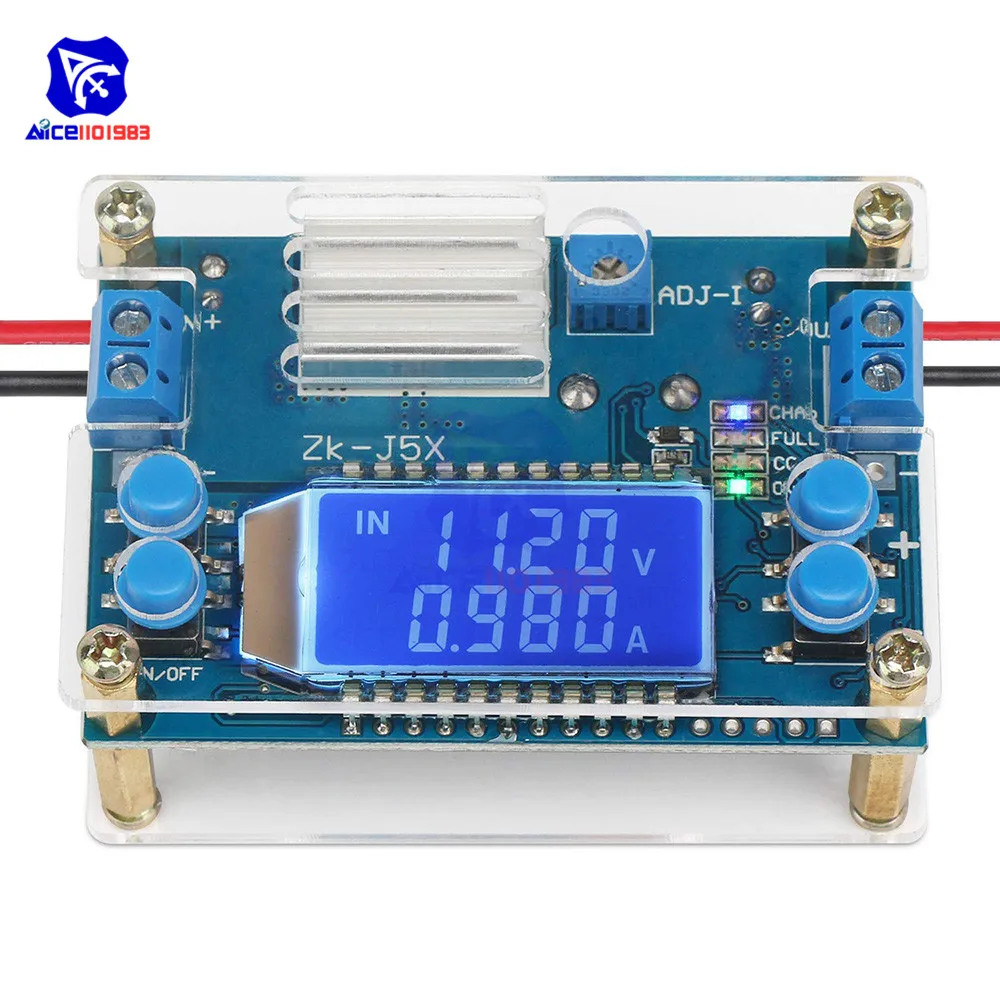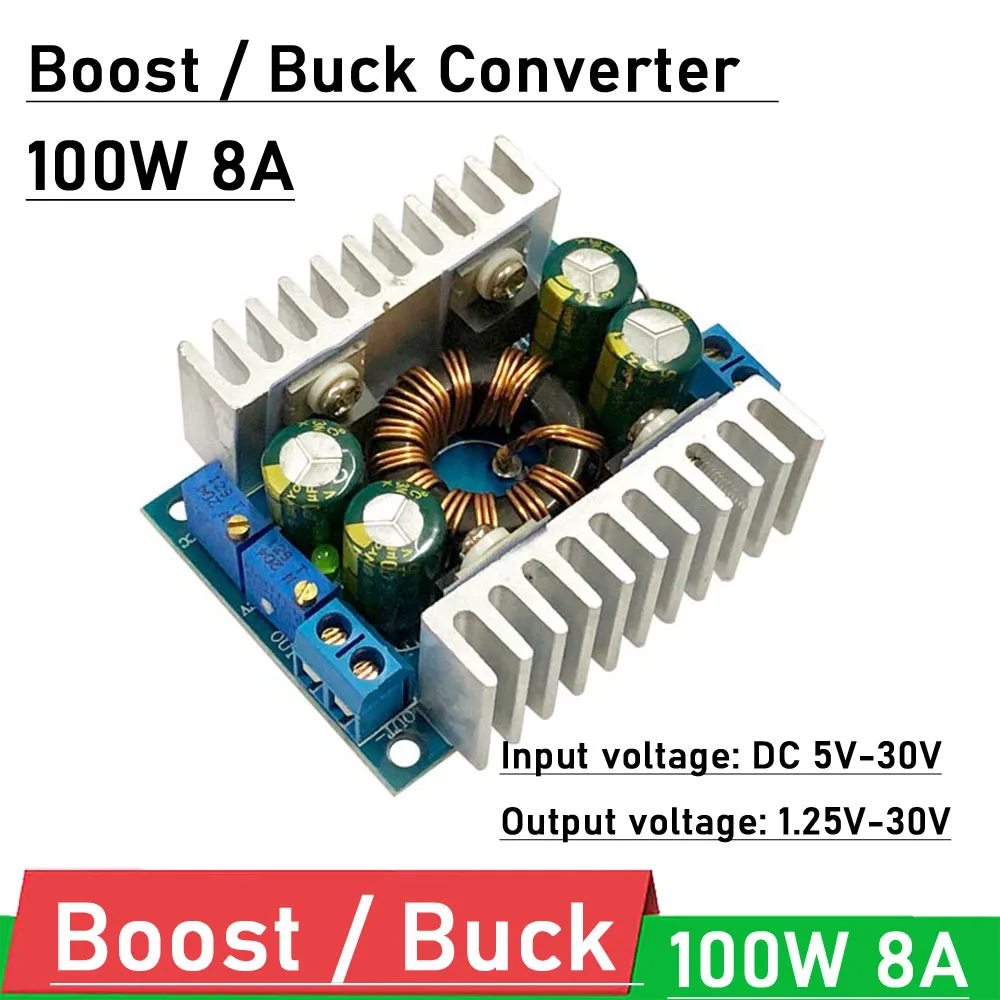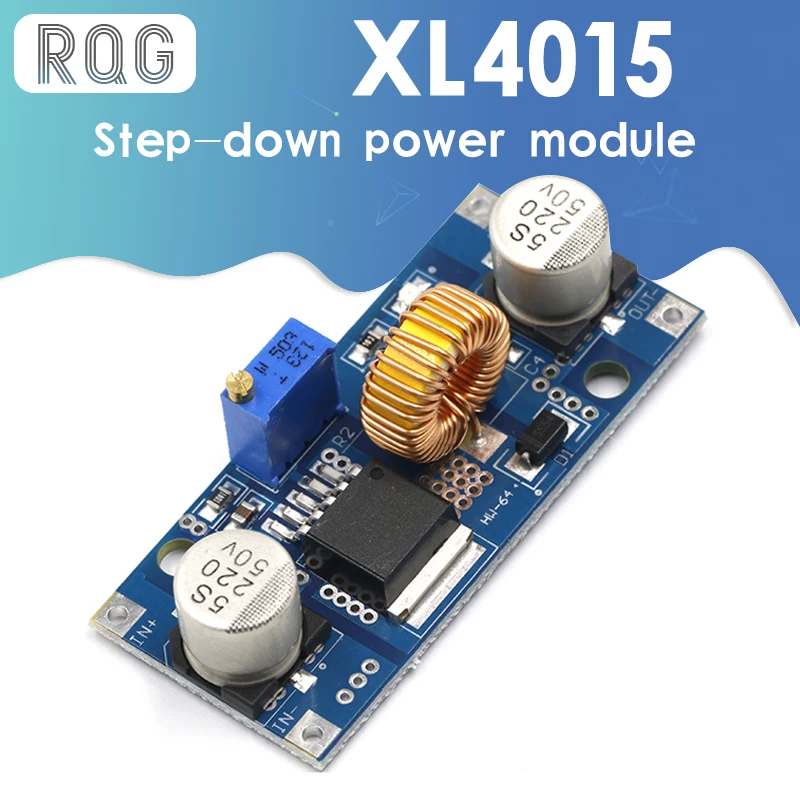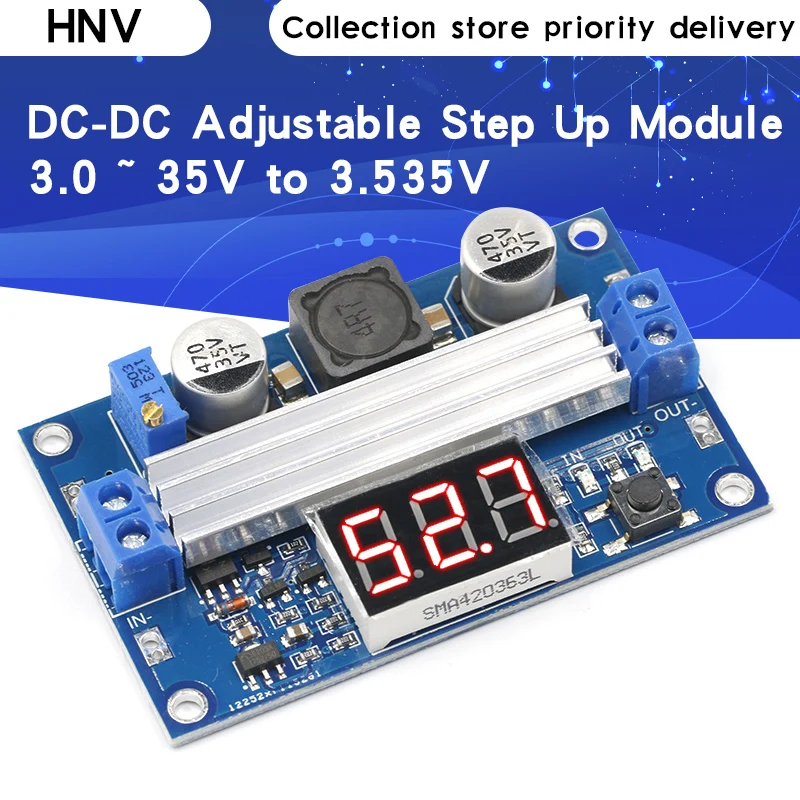So you got a mild power supply from that dynamo. I would not want to rely on unknown voltage for charging a battery so below you can find converters suitable for that dynamo at near to no costs.
Vic

 www.aliexpress.com
www.aliexpress.com

 www.aliexpress.com
www.aliexpress.com

 www.aliexpress.com
www.aliexpress.com

 www.aliexpress.com
www.aliexpress.com
Vic

8.72US $ 17% OFF|CC CV DC 6.5 36V to 1.2 32V 5A 75W Step Down Buck Converter Power Supply Module Voltage Regulator Transformer with Case Heatsink|Integrated Circuits| - AliExpress
Smarter Shopping, Better Living! Aliexpress.com

8.66US $ 10% OFF|Dc-dc Boost Buck Converter Cc Cv 100w 8a 5-30v To 1.25-30v 5v 12v 15v 19v 24v Adjust Voltage Regulator Power Supply Module Car - Voltage Regulators/stabilizers - AliExpress
Smarter Shopping, Better Living! Aliexpress.com

0.72US $ 5% OFF|1PCS 5A XL4015 DC DC 4 38V to 1.25 36V 24V 12V 9V 5V Step Down Adjustable Power Supply Module LED Lithium Charger With Heat Sink|Voltage Regulators/Stabilizers| - AliExpress
Smarter Shopping, Better Living! Aliexpress.com

2.58US $ |Dc Dc-dc 3~35v To 3.5~35v Ltc1871 Booster Step Up Step-up Module Converter Regulated Power Supply+voltmeter - Integrated Circuits - AliExpress
Smarter Shopping, Better Living! Aliexpress.com
